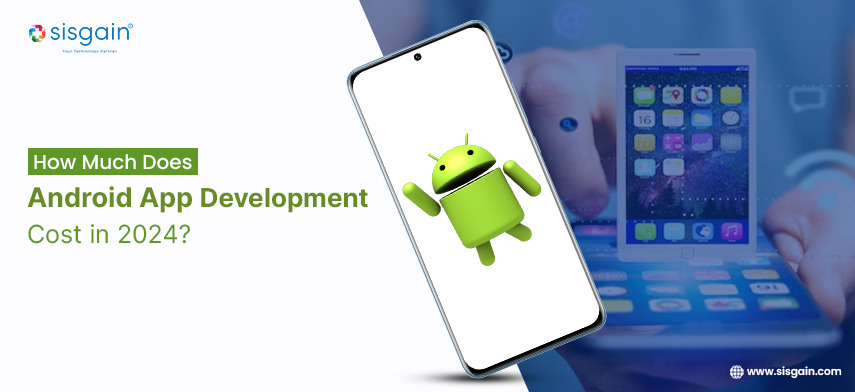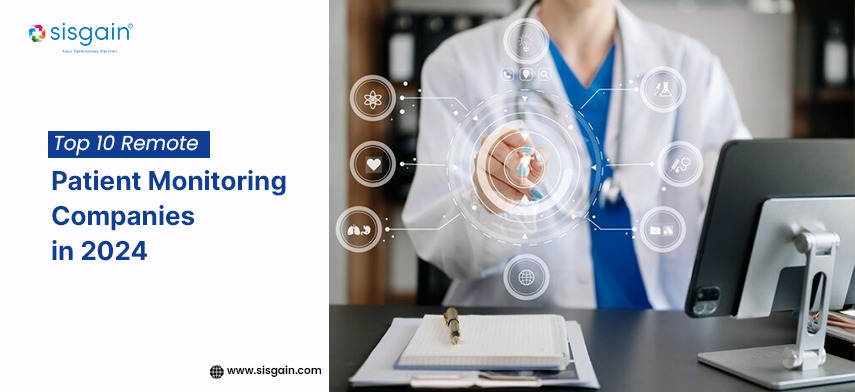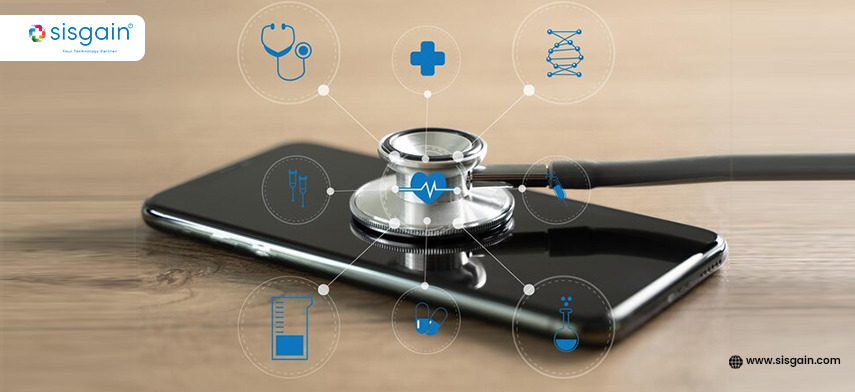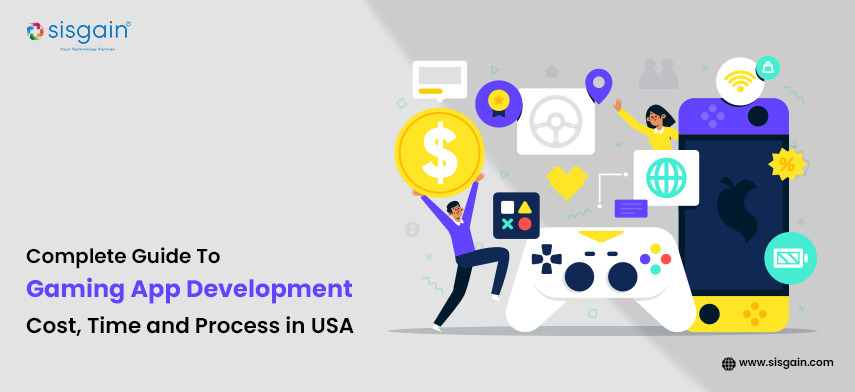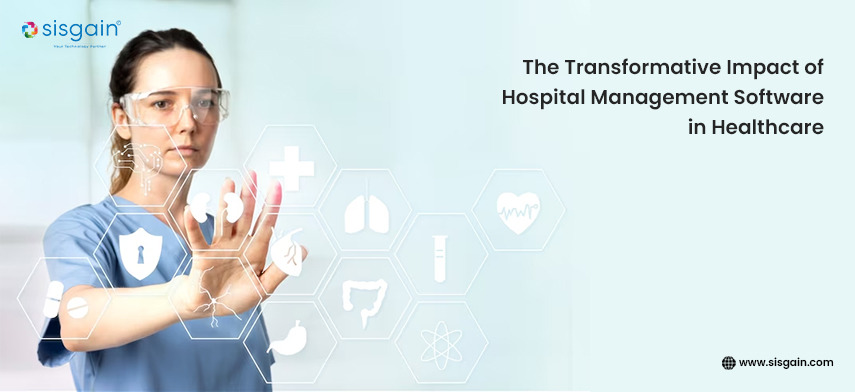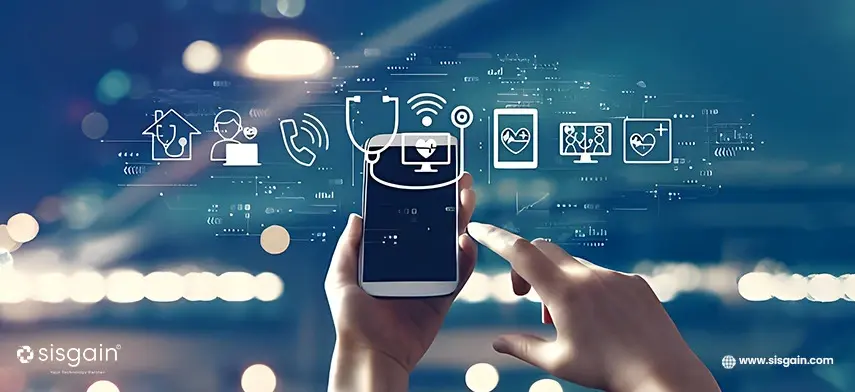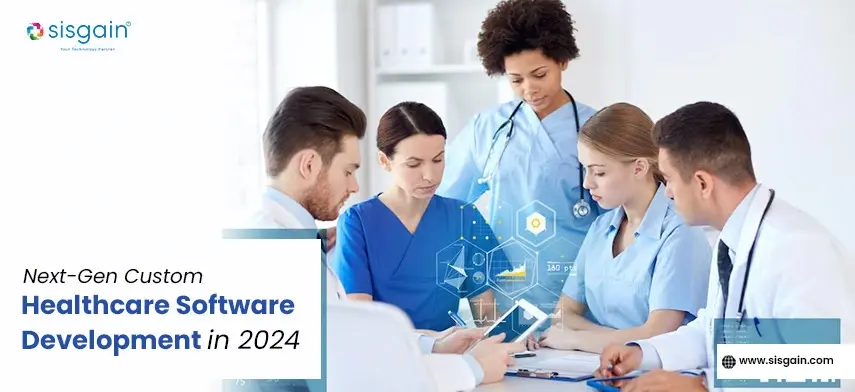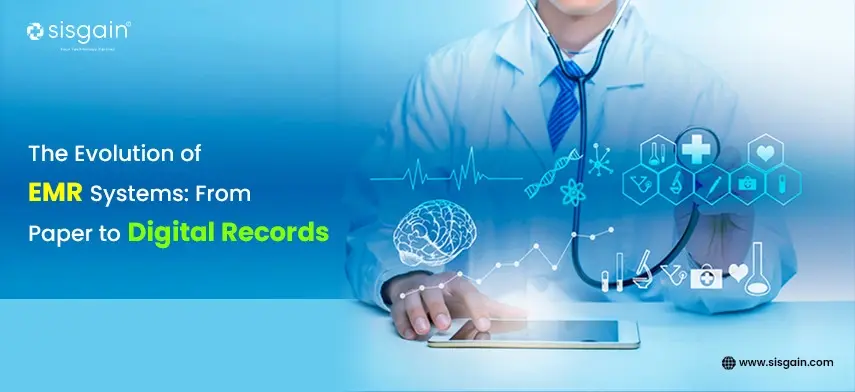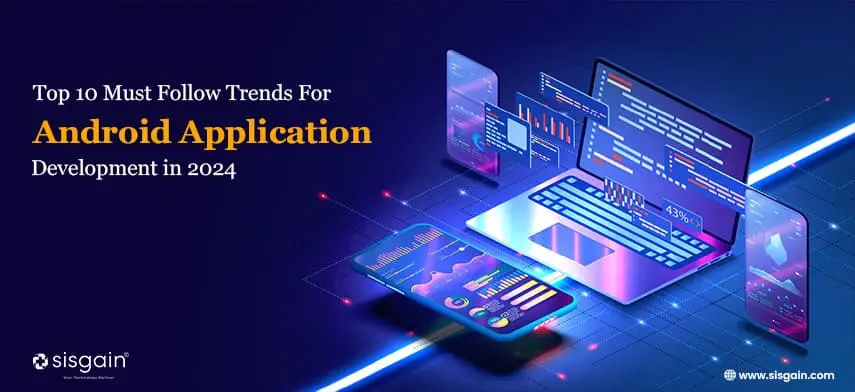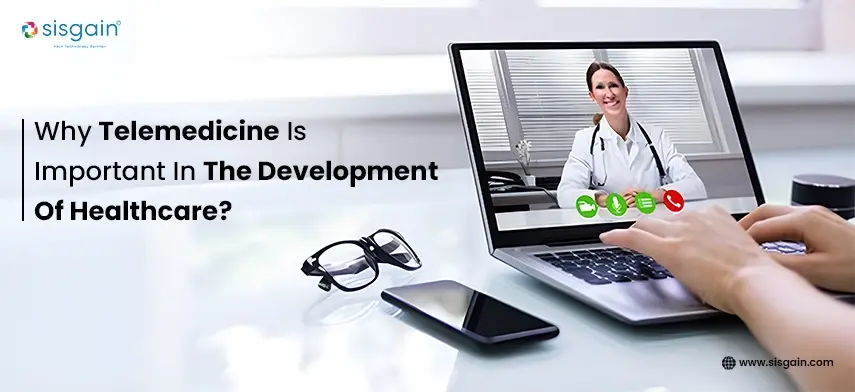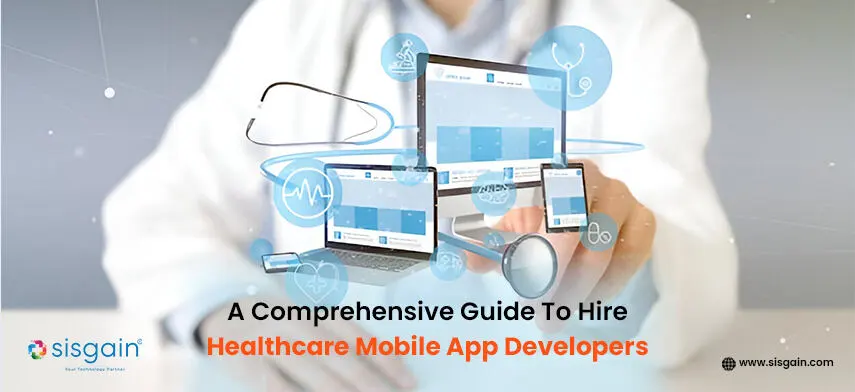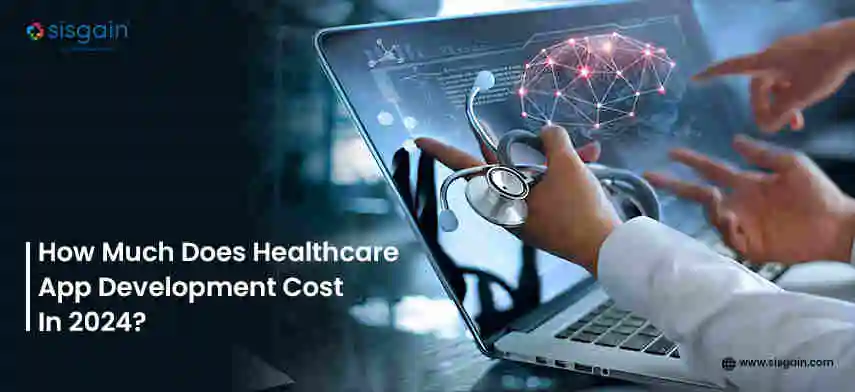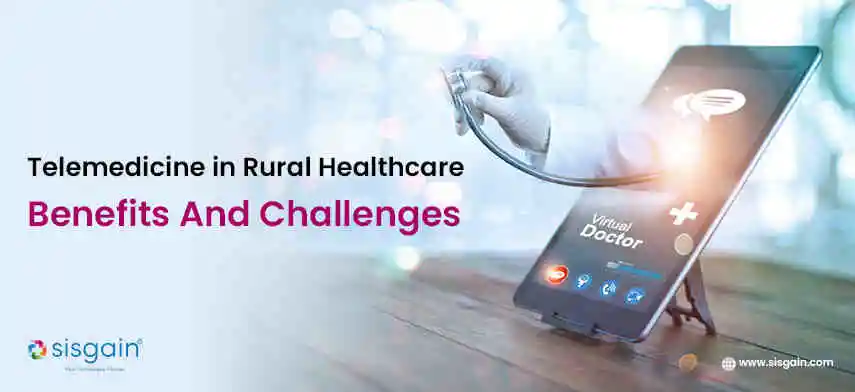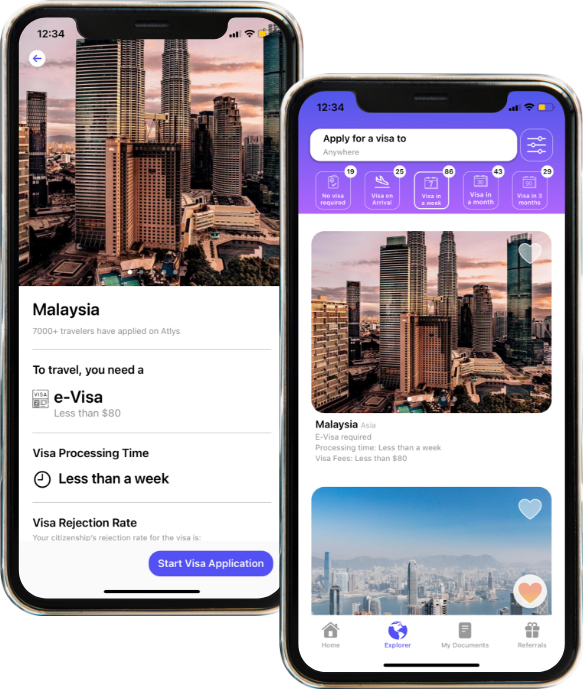 3 Dec 2023
David
8 Ways Remote Patient Monitoring Is Revolutionising Healthcare
0
3 Dec 2023
David
8 Ways Remote Patient Monitoring Is Revolutionising Healthcare
0
Introduction
The foundation of any nation is its healthcare system. Healthcare institutions and providers play a vital role in the progress of a country. The healthcare sector has undergone a lot of changes in recent years. Advanced machines and software have made health services more effective and progressive. Technological advancements have also led to the development of remote healthcare services. Remote patient monitoring is an emerging aspect of healthcare.
Healthcare services became difficult to avail of when the world was gripped by the COVID-19 pandemic. This situation called for digital solutions in the healthcare sector. This is when virtual health became prominent and widespread. Remote patient monitoring became inevitable. The hospitals were not prepared to treat so many patients at the same time. The patient monitoring system allowed doctors to check on patients who could not be admitted to the hospitals.
Even after the pandemic has receded and we are back to our normal lives, remote patient monitoring system are still used by healthcare professionals to provide enhanced healthcare services. This blog will discuss the many advantages that remote health monitoring has brought to the healthcare and wellness sectors. Let us begin by discussing what exactly remote patient monitoring is.

What Is Remote Patient Monitoring?
In the simplest words, remote patient monitoring is a type of telehealth in which a healthcare provider monitors a patient with the help of home-based or mobile devices. These devices record and transmit vital signs, including blood pressure, pulse rate, sugar levels, breathing rate, etc. This information is electronically transmitted to the assigned healthcare providers. Remote health monitoring allows doctors to continuously track their patient’s vital signs after they are discharged.
Remote patient monitoring can be integrated into existing healthcare workflows. There are many remote patient monitoring software that are used by hospitals, clinics, and medical organisations. These software and systems can be integrated with wearable devices and medical equipment to monitor and collect vital information.
Now that you have understood what RPM is, let us have a look at how exactly it works.
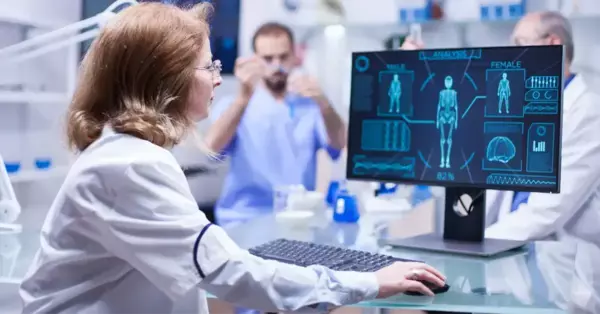
How Does Remote Patient Monitoring Work?
➤ Health Data Collection
The process of remote patient monitoring starts by integrating the remote health monitoring system with wearable and mobile devices. These devices have sensors that can collect a wealth of patient data. They can collect body temperature, oxygen levels, pulse rate, blood pressure, etc. The patient monitoring system collects this data and transmits it to healthcare providers.
➤ Data Transmission
The next step in remote patient monitoring is the transmission of data to healthcare providers. After the remote device has collected data, it is transmitted via the internet. Modern times have made data transmission easier and more efficient. Healthcare organisations must have web applications and remote patient monitoring software that receive and analyse the data. A modern remote patient monitoring system can also collect and analyse patient data.
➤ Evaluation of Data
After the data is transmitted to the healthcare facilities, it is stored in the cloud or in their data repository. The data is then compared with the limits set by physicians. If the vitals breach the threshold value, the RPM software triggers a notification. It warns the doctor that there is an abnormal situation. Many remote patient monitoring system have analytics modules that help visualise the data. Data visualisation makes it easy to read data and take timely actions.
➤ Taking Action
After data analysis, if a notification is triggered, the RPM system sends an alert to emergency responders. If the patient needs immediate medical help, then relevant authorities are notified. But if only a change in treatment is required, the nurses and doctors take care of it. Doctors can take an alternate course of treatment to ensure that this does not take place again.
What Are The Benefits Of Remote Health Monitoring?
➤ Improves Decision Making
Remote patient monitoring software helps collect patient data and analyse it. Regular data monitoring and analysis helps doctors and nurses keep tabs on patient conditions. If the vitals of patients are getting weak, doctors can make immediate decisions based on the data. This way, the decision-making process has improved a lot.
➤ Help Patients Take Care of Themselves
RPM devices inform patients of their vitals. They can keep an eye on their health. Wearable devices like fitness bands and watches have made people more aware of their health and vitals. If they sense something is wrong, they immediately connect with their healthcare providers.
➤ Reduces Patient Expenses
A remote health monitoring system has significantly reduced patient expenses. A patient does not need to pay for the bed and the hospital facilities. He/she can be monitored remotely by the doctors. The travel expenses and other costs are also eliminated.
➤ Improves Access to Care
RPM systems have improved the healthcare sector more than ever. You can receive wellness services remotely and without any need to travel anywhere. If you are suffering from a chronic illness or a complex issue, RPM is the ultimate solution.
➤ Improves Patient-provider Engagement
Remote patient monitoring has led to improvements in engagement between the patient and provider. A patient can easily connect with a healthcare professional. The doctors can transmit regular reports and update patients about their condition.
➤ Prevents the Spread of Infectious Diseases
This is one of the foremost benefits of RPM systems. Remote patient monitoring prevents the spread of infectious diseases. Since the patient does not need to be admitted to the hospital, the spread of diseases is controlled. Doctors can oversee their condition remotely, without the need to come in contact with them.
➤ Improves Patient Experience
Patient monitoring systems have significantly improved the patient experience. The patients do not have to wait to get admitted to hospitals or connect with a healthcare provider. A patient can easily avail of healthcare services from the comfort of their homes.
➤ It Helps to Analyse Data
Patient data is a crucial factor in remote patient management. RPM software helps clean, organise, and analyse this data. Once the data is analysed, it helps doctors and healthcare professionals make informed decisions. Data analysis has improved the quality of healthcare services.

Conclusion
Remote patient monitoring is an emerging trend in the healthcare sector. RPM offers many advantages to both patients and doctors. Doctors and patients can easily connect with each other virtually. Healthcare professionals can keep tabs on patient’s vitals and monitor them in real-time.
If you are a healthcare professional and looking to enhance the quality of your services, try getting an RPM solution. Whether you have a small clinic or run a big hospital, a remote health monitoring system can help you provide better medical services.
There are many remote healthcare providers who are offering quality medical services to patients. Remote patient monitoring calls for sophisticated RPM systems and software that can be integrated with remote devices. SISGAIN is a leading company that develops innovative and progressive patient monitoring system. Connect with our developers today and bring a change to your health care services.

